In this article we want to share with you how to create a product development plan in 7 steps, which will be crucial for completing the creation of a device or service.
Product plan definition
We could define product planning as all the steps that must be followed to complete the creation of a product. This plan includes aspects such as: what is going to be built, the reasons to make it, deadline for launching the product, available budget, resources, tasks, and development strategies. Also, it shows potential upgrades in the future.
What if the product already exists? Well, it is also possible to establish a product plan, in this case, it will be set to define what features or upgrades to include in the new version of a product.
A product development plan must be followed by a product manager and all teams involved in the development of a product. This guarantees the product development life cycle will work out at the end of the process.
Steps to create product development plans
According to Embroker, “failure is most common for startups during years two through five, with 70% falling into this category.” And “About 1% of startups evolve into a unicorn startup, like Uber, Airbnb, Slack, Stripe, and Docker.”
This data is important because it helps people, CEOs, and entrepreneurs understand that a company without a good product won’t succeed in the market. Maybe at the beginning the results can be really good. However, the competition can get a bigger share of the market with a better product or service over time.
That’s why the product development planning is so important. The business that is carrying out the product management needs to understand its customers and create a product that can meet their expectations, and even overcome them (see IoT business models examples).
Before thinking of any sales or marketing plan, you need first the product for the marketing plan. Many companies think only on how to sell their newest innovation, but they don’t analyze if that innovation is worth being built or attractive enough for a market full of competitors.
Here is an example of how you can develop a product development plan:
- The big why.
- Analyze your product and competitors.
- Do some market research.
- Delegate.
- Build an MVP.
- Launch.
- Product upgrades (development life cycle).
Use the following product planning template
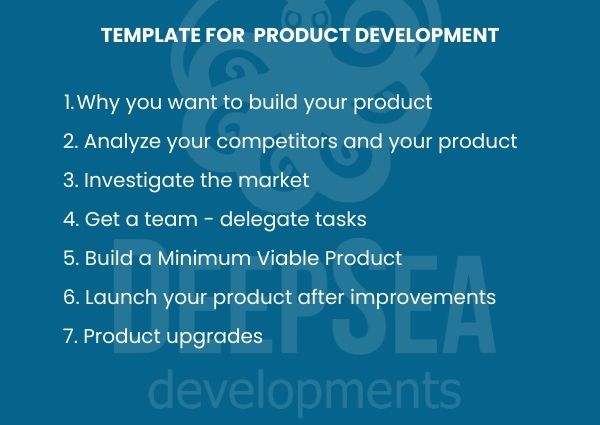
You can use this to start developing your idea, and turn it into a reality with the proper steps.
1. The big why
The first step in the product development plan is to define what you are going to build and why. When there is a clear vision about where the product is heading to, the other people (coworkers and third parties) will know how to support the project, even potential investors.
Answer the following questions:
- Why are you going to build this product? (Take your time to answer this question)
- What features or characteristics will the product have?
- How does this product benefit your potential customers?
- How does this product benefit your company or startup?
2. Analyze your product and competitors
Gather all documentation you can about your product idea, talk to the sales department, customer service, or interview potential customers to analyze what they are looking for and if it aligns with your product idea.
Another option is to share with them the insights you have about your product and see their reactions, of course, they will prefer to interact with the product, that’s why we suggest you wait until the MVP stage to talk to them.
Bear in mind that the competitors also play an important role in the success of your product, you need to analyze what they are doing, what needs they are solving, advantages, weaknesses, and possible improvement points.
3. Do some market research
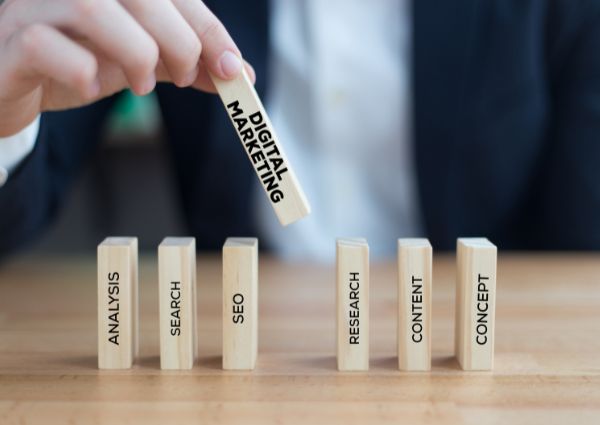
Once you collect enough information from the previous product development plan stage, it is necessary to go to the market and do a profound market research.
Consider all quantitative and qualitative data you can acquire. From this exercise, you will realize if there is really a market share waiting for your product idea. You need to have an estimated number of people that will be willing to buy your product. If the numbers are good, estimate the budget for the development of your product and the revenues you can obtain.
This step will also help you to design the marketing plan, since you will have a deeper understanding of the market.
4. Delegate
Product development plans can’t work without assigning processes to the right people. In fact, you need a skilled product manager to carry out this important task and obtain outstanding results.
The product manager must understand your product completely, the vision and the mission, and guide all members to accomplish that. You need a leader that can communicate with ease all activities that need to be done in order to build a great product.
In this step, communication is a key factor, as well as deadlines to meet the goals.
5. Build an MVP (Minimum Viable Product)
Once you analyze the product, the competitors, and the market. And you confirm that your product will in fact generate a positive impact, it is time to build and test your MVP. This is a product that has basic features that will be interesting enough to generate sales.
However, before arriving to this phase, it is likely you need to build a prototype (see rapid prototyping services). This step is necessary for ensuring the right features will be included in the MVP, as well as the technology and characteristics the final product will have.
Here is a video of the different prototype examples that can be built and improved:
The prototype will require iterations and improvements to get a final version. There are many startups that have succeeded thanks to launching an MVP, you can find many examples of Minimum Viable Product that have turned into more complex products over time.
6. Launch
In this step of the product development plan, the idea is to launch the product taking into account all feedback you received from the MVP testing. You can implement some adjustments to the product with the help of product development consultants, and make sure the market is ready to acquire it.
If you are thinking of launching an app or service, you can measure how many people are downloading it, or subscribing to a free trial. If you have a physical product, you can create a pre-sale website to generate expectations about your product launch.
7. Product upgrades
This is the “final stage” of product development planning. It is supposed your product or service will get to a point where it will mature enough to lose relevance in the market. It is a natural process of all kinds of devices, services, or products (Remember the VHS or the CDs?). However, the company needs to continue offering a product to the market to generate sales.
In this stage, after all learnings from your product’s performance, features, benefits and obstacles in the market, you can think of new upgrades you will add to your product. This is where the product dev life cycle comes up.
If you think your product will continue to keep the market share and even gain more, it is necessary to think of new features, firmware, technologies, or redesigns (see firmware company). Consider all the feedback you have received from your customers and start acting upon it.
That’s why you see every year a new phone with upgraded lenses, better long lasting batteries, and improved performance to work faster.
There is also the possibility that the product you launched in the market won’t receive a better acceptance even by adding upgrades. Why? Because other competitors may build and develop new technologies that replace your product or service.
Can you imagine if we still used the same old fashioned computers from 20 years ago? The market is constantly evolving, custom hardware design & development is advancing at a high speed, as well as the services and needs of the customers.
If you want to stay ahead of your competitors and be successful in the market, you need to pay special attention to your product development planning. This is a visualizing and developing process that never ends.

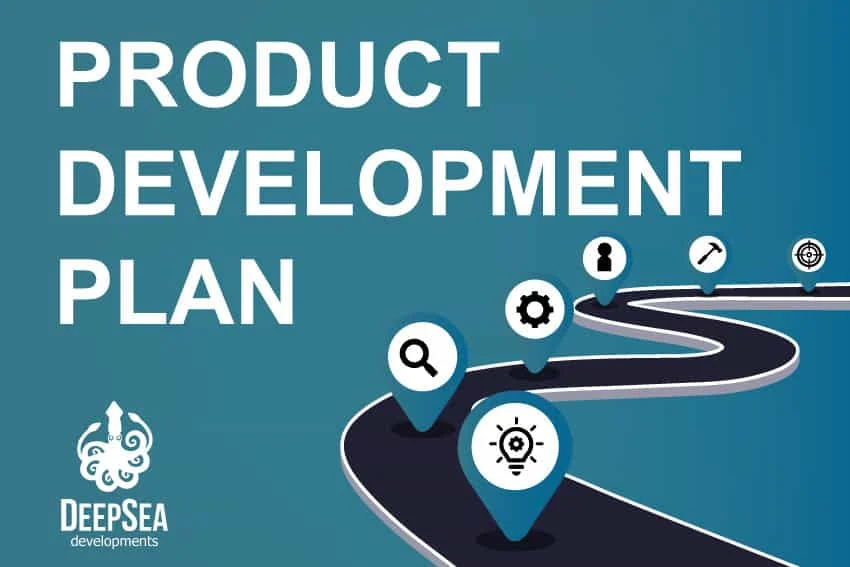
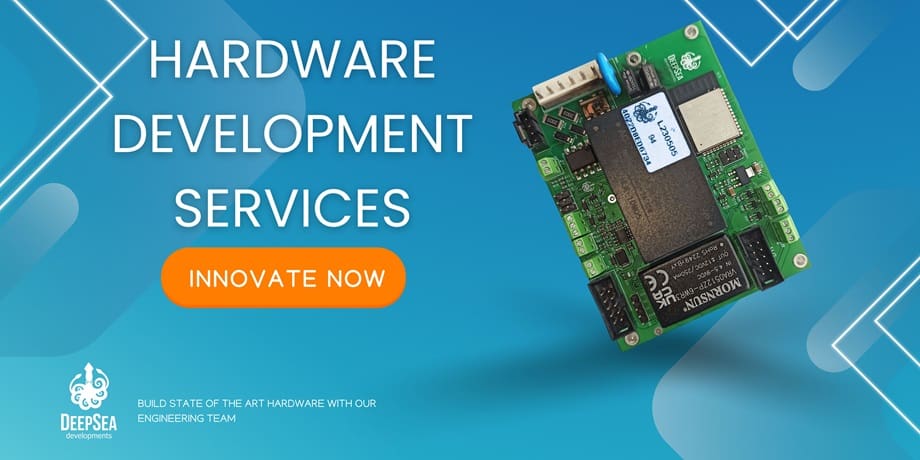



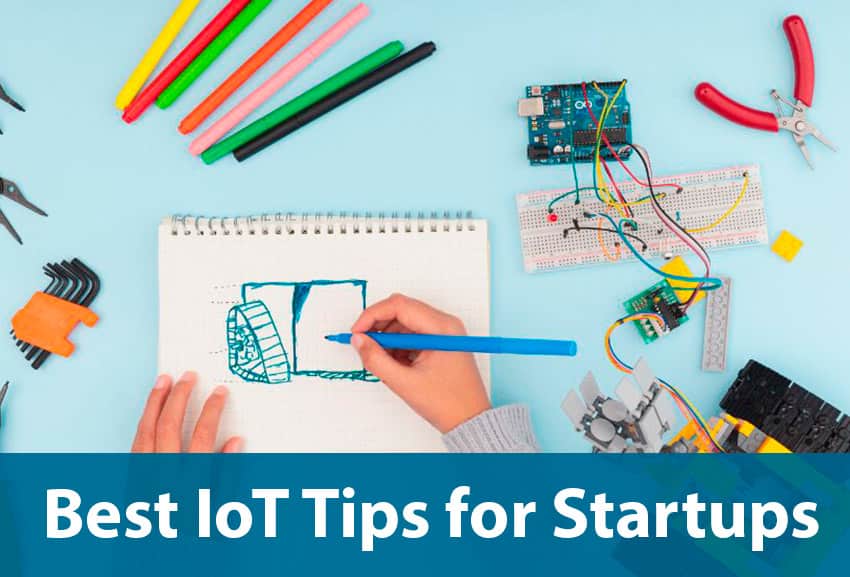
1 thought on “How to create a product development plan”
We are glad you enjoyed this article. Have a great day!
Comments are closed.